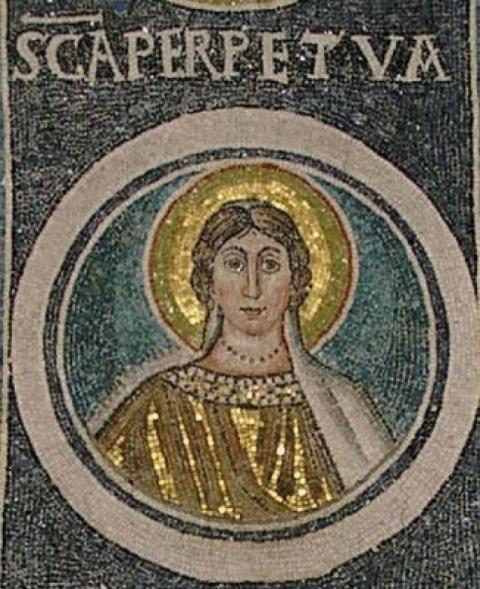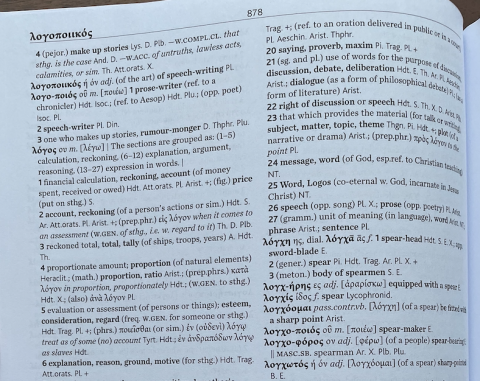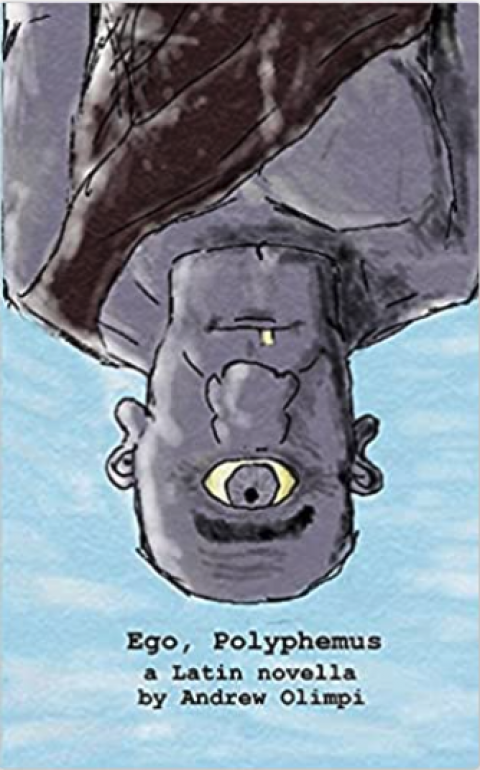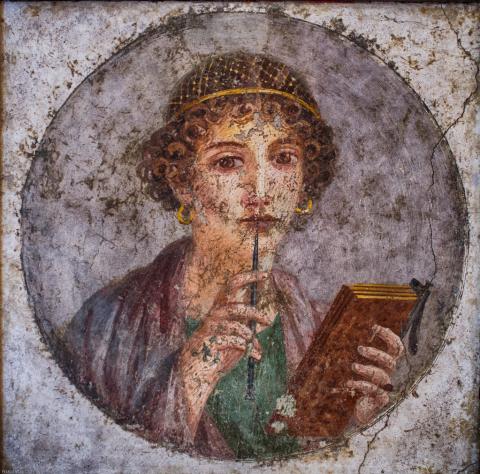SCS Blog Author Page
Posts by Thomas Hendrickson

|
Blog: Co-Publishing with Students: An Interview with Eli Gendreau-Distler and Siddhant Karmali
Last year, I published an edition of Perpetua’s Passio together with a group of students: Mia Donato, Carolyn Engargiola, Eli Gendreau-Distler, Elizabeth Hasapis, Jacob Nguyen, Siddharth Pant, Shamika Podila, Anna Riordan, and Oliver Thompson. I worried that a book with ten names in the byline would look like a monstrosity. I worried that, since nine of those names belong to students, people would dismiss it as a school project, of interest only to the parents of the students on the cover. Yet the book has been warmly received: reviewed in journals, adopted for Read more … |

|
Blog: Review: Cambridge Greek Lexicon
The Cambridge Greek Lexicon (CGL) set out to replace the Middle Liddell, a goal whose overwhelming success cannot be in doubt. Indeed, it puts the field of classical studies in the awkward position of having a student dictionary that is on sounder footing than its chief scholarly dictionary, and it seems likely that CGL will be the go-to resource not just for undergraduates but for grad students and scholars when reading classical Greek literature. Yet the words “classical” and “literature” in the previous sentence carry a good deal of weight. In order for the dictionary to be completed in a reasonable amount of time, and at a size and cost that will be manageable for students, CGL excluded quite a bit of material. Its coverage “extends from Homer to the early second century AD (ending Read more … |

|
Blog: Latin Novellas and the New Pedagogy
The sudden rise of Latin novellas might come as a surprise to anyone outside of high-school classrooms. This genre, which didn’t exist seven years ago, now counts over a hundred published works. These novellas are largely written by and for those outside the world of higher ed, but they should be of interest to the larger scholarly community—not just because they will increasingly form the background and expectations of Latin students coming into college, but also because they are one part of a larger pedagogical movement that is in the midst of transforming the teaching of Latin. Latin novellas are books written in easy Latin — easy enough that students can read pages and pages in a single sitting. They tend to be short: most are around two or three thousand words long in total, though some are as short as Abbi Holt’s Abecedarius Letifer Read more … |

|
Blog: COVID-19 and the Future of Classics Graduate Study
This piece was co-authored by Del A. Maticic, Alicia Matz, Hannah Čulík-Baird, Thomas Hendrickson, Anna Pisarello, Amy Pistone, and Nandini Pandey. “COVID-19 and the Future of Classics Graduate Study,” a workshop at the recent AIA/SCS Annual Meeting, identified frameworks for immediate action that students, faculty, and institutions could take to mitigate the outsized effects the pandemic has wrought on Ph.D. students—especially those coming from already marginalized communities, both in Classics and related disciplines. The workshop, organized by Del Maticic on behalf of the SCS Graduate Student Committee, was more relevant than ever when Read more … |
